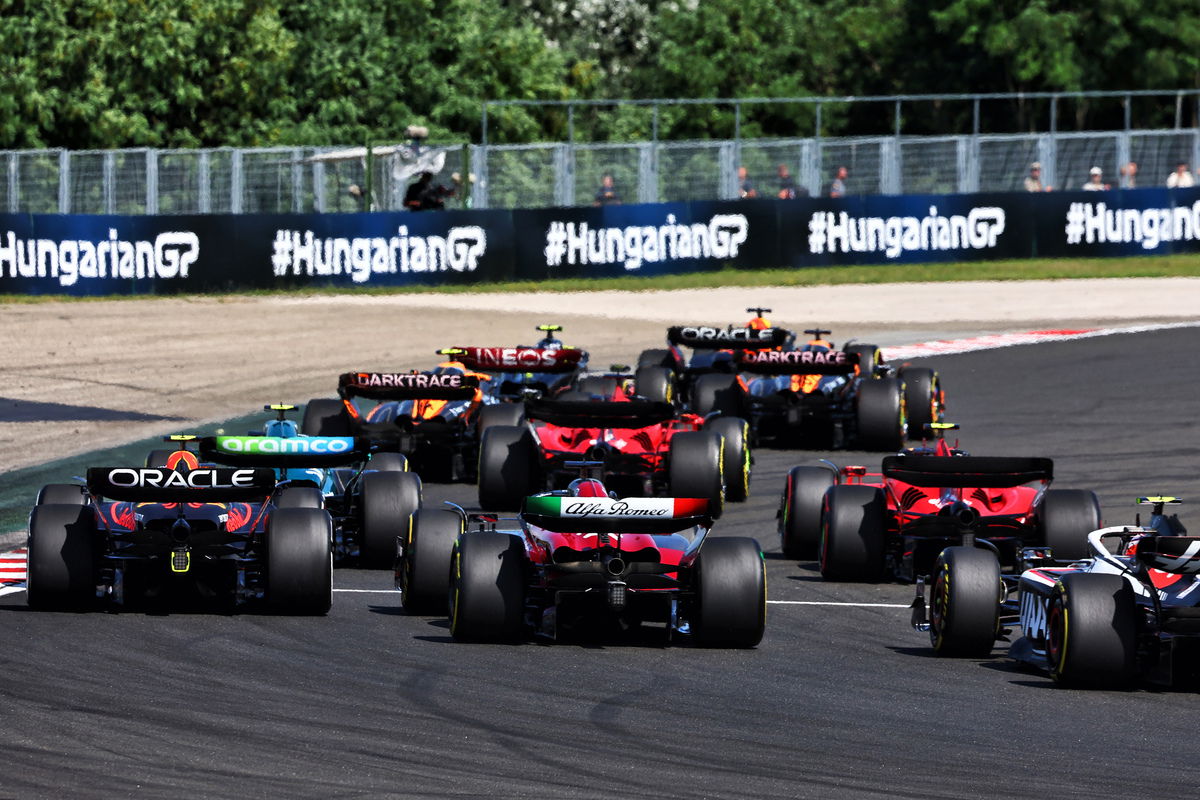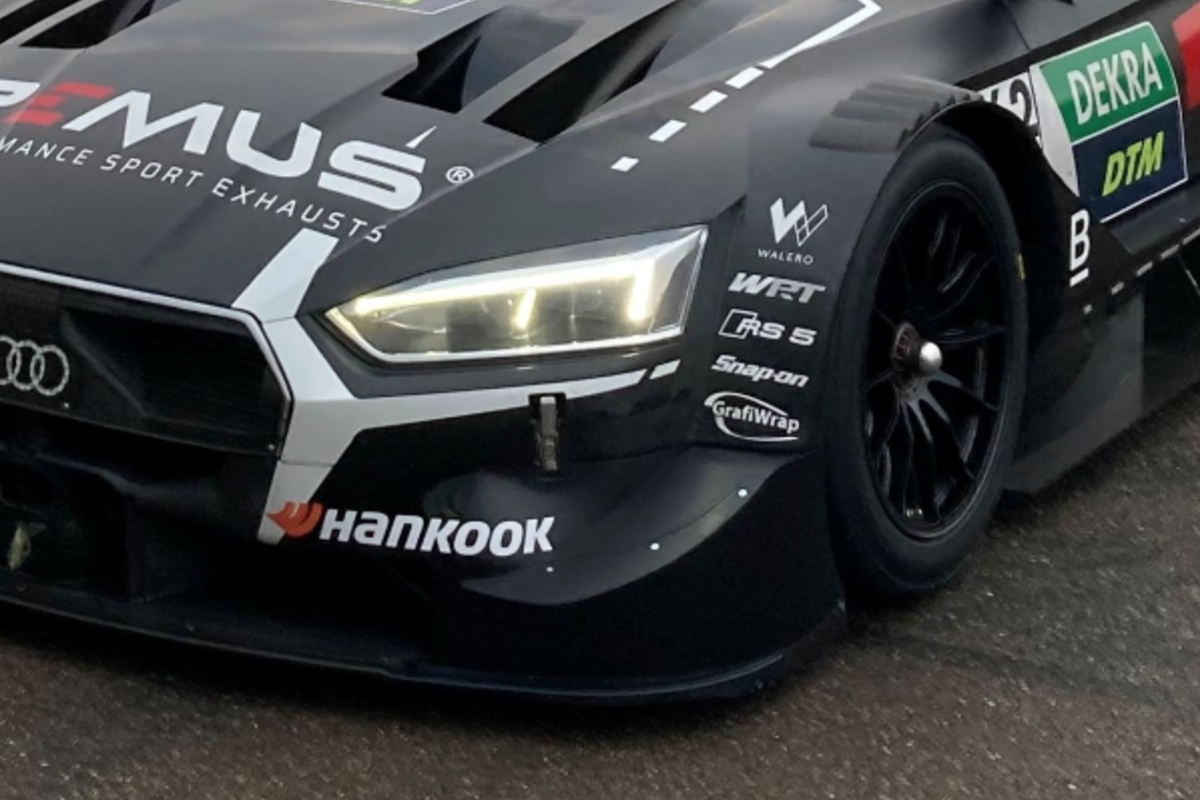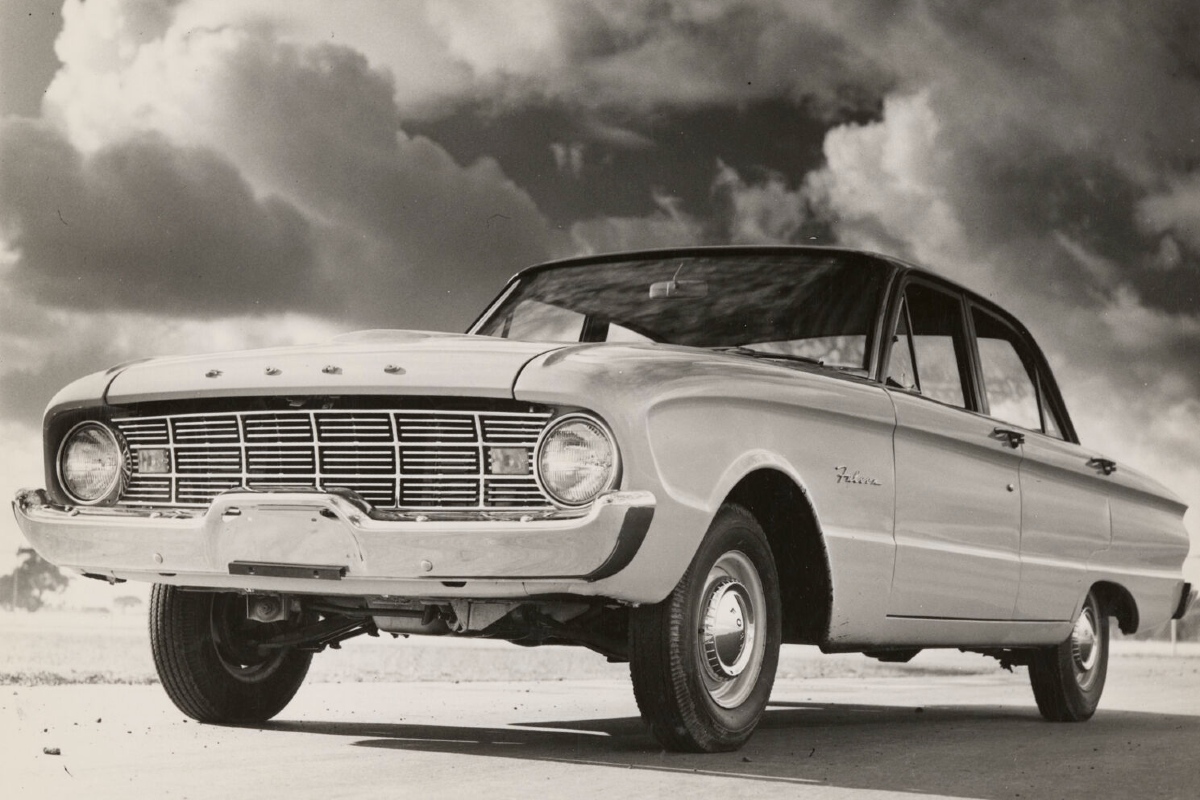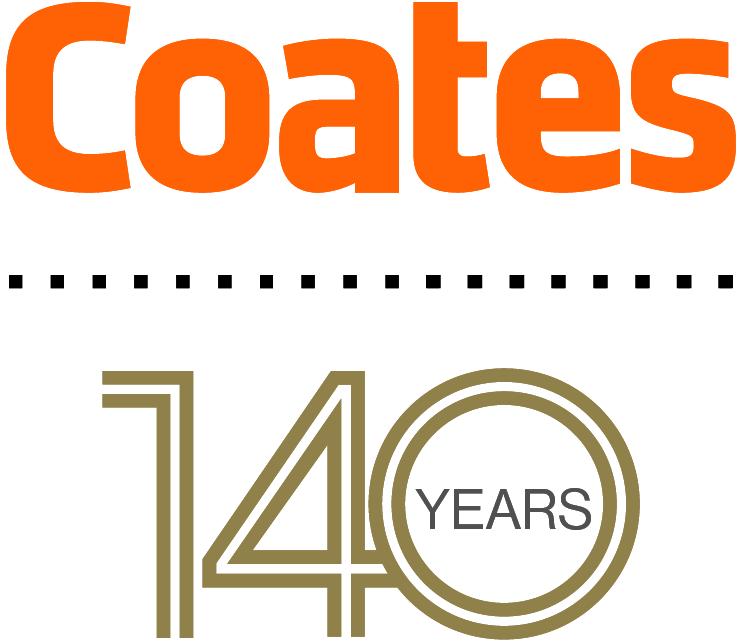

Last weekend’s Hungarian Grand Prix was an experimental format of sorts as F1 trialled an ‘alternate tyre allocation’ with teams given 11 sets of dry tyres per car instead of 13.
It was designed to do two things; reduce the number of tyres Pirelli has to both manufacture and transport, and potentially spice up qualifying by compelling drivers to use specific compounds in each segment.
Ask the drivers and they’ll argue it didn’t work, but the data doesn’t back up their opinions.
Instead, it highlights areas of improvement and potential gain for F1 and others, depending on how it wants to move forward.
But first, let’s address the elephant in the room; did it produce a greater spectacle? On that, the jury is out and we need more data.
What we can say with some confidence though is that, in terms of track running, there was actually comparatively little impact.
The opening practice session was largely washed out and in fact some drivers only ventured out for a single lap in order to satisfy the regulations such that they received an extra set of intermediate tyres for Saturday (not that they were needed).
Across the remaining two sessions, more than 1100 laps were logged by all 20 cars – a near identical number to that which was seen in Canada where Free Practice 1 was effectively abandoned and Free Practice 2 extended as a result.
In two hours of ‘normal’ running in Hungary, teams logged the same number of laps as two and a half hours of running in Canada – a shorter circuit.
| Event | FP1 (laps) | FP2 (laps) | FP3 (laps) | Comment |
| Bahrain | 387 | 494 | 304 | FP1 and FP3 are less representative as are run in the afternoon sun |
| Saudi Arabia | 448 | 532 | 356 | FP1 and FP3 are less representative as are run in the afternoon sun |
| Australia | 397 | 267 | 451 | |
| Azerbaijan | 380 | Sprint event, single practice session | ||
| Miami | 449 | 456 | 417 | |
| Monaco | 550 | 570 | 392 | Short lap length equates to high lap count |
| Spain | 528 | 587 | 260 | |
| Canada | 44 | 680 | 406 | Opening practice essentially cancelled, with FP2 extended |
| Austria | 591 | Sprint event, single practice session | ||
| Britain | 462 | 512 | 338 | |
| Hungary | 179 | 531 | 428 | Limited running in FP1 due to rain, Alternate Tyre Allocation weekend format |
So, the on-track spectacle was arguably unaffected with the difference being the lack of running in Free Practice 1, but not even F1 can control the weather.
So why was it done? That’s a far simpler answer; environmental and sustainability considerations. F1 is on a serious push towards becoming carbon zero by 2030.
The reduction in available rubber was not a decision made on a whim. F1 looked at the data with the teams, and the change was voted on by the F1 Commission.
Their rationale was logical as the underlying data revealed a gluttonous consumption of tyres.
In 2022, across the 13 fully dry events, 945 sets of tyres logged five or fewer laps.
That equates to more than three sets for the weekend being used for little more than an out lap, a timed lap, and an in lap. Of those, 269 sets were used for a single-timed lap.
Indeed, teams were returning 1.4 sets of completely unused sets per event on average.
In many respects, the sport has already been operating to the ATA format, it just didn’t know it.
By reducing two sets of tyres per car for the weekend, it’s a reduction of 40 sets for the weekend.
Should that be in place throughout the season, that’s nearly 900 sets of tyres that wouldn’t need to be manufactured, transported, fitted, used, and then disposed of.
The carbon impact of the ATA format is a reduction of 17 tonnes of CO2 between production and transportation.
Multiply that out to 24 events in 2024 and that’s a 408-tonne saving, the equivalent of more than 60 return flights from Sydney to London, or 17,000 trees.
Does that mean that this is the way forward for Formula 1? Reduced tyres and, potentially on a fully dry weekend, reduced practice running?
Perhaps, but there is a broader question about how much practice F1 teams and drivers need, and if the current format affords them too much.
In Melbourne, George Russell and a number of others suggested F1 has too much track time, and certainty compared to what they enjoyed as drivers in their junior careers.
This season, teams have logged roughly 450 laps apiece in both Free Practice 1 and Free Practice 2 (about 23 per car, per session), with that figure dropping to 370 laps in Free Practice 3 (approximately 19 laps).
However, that total of around 65 laps of practice per driver heading into qualifying reduces significantly on a Sprint weekend.
Despite common belief, the single practice session that exists doesn’t actually attract any more running, at least not significantly so, and is actually on par with a regular Free Practice 2.
The competition come Sunday doesn’t tend to suffer and the qualifying order is largely as we’d expect. The reduced practice time is not hurting the core product.
So can we glean that anything beyond an hour of practice for F1 is doing little more than rewarding the investment of fans at the track? The raw numbers certainly suggest limited value in having 180 minutes of practice.
And if that’s the case, can that time be better used? Could the likes of Formula 2 and Formula 3, competitions with both have a questionable qualifying format because their sessions have to be shoehorned in, be given greater opportunity?
It’s a big call to make off the back of a single event under the ATA format, which we’ll see again at the Italian Grand Prix following the summer break.
There, should it be dry, we’ll get a better idea of the full impact of the track running and whether it creates sporting diversity owing to the mandated compound use in qualifying.
But on balance, and on a sample size of one, the alternate tyre allocation format changed almost nothing and instead offers F1 an opportunity to be good environmental citizens while simultaneously affording opportunities to others.

























